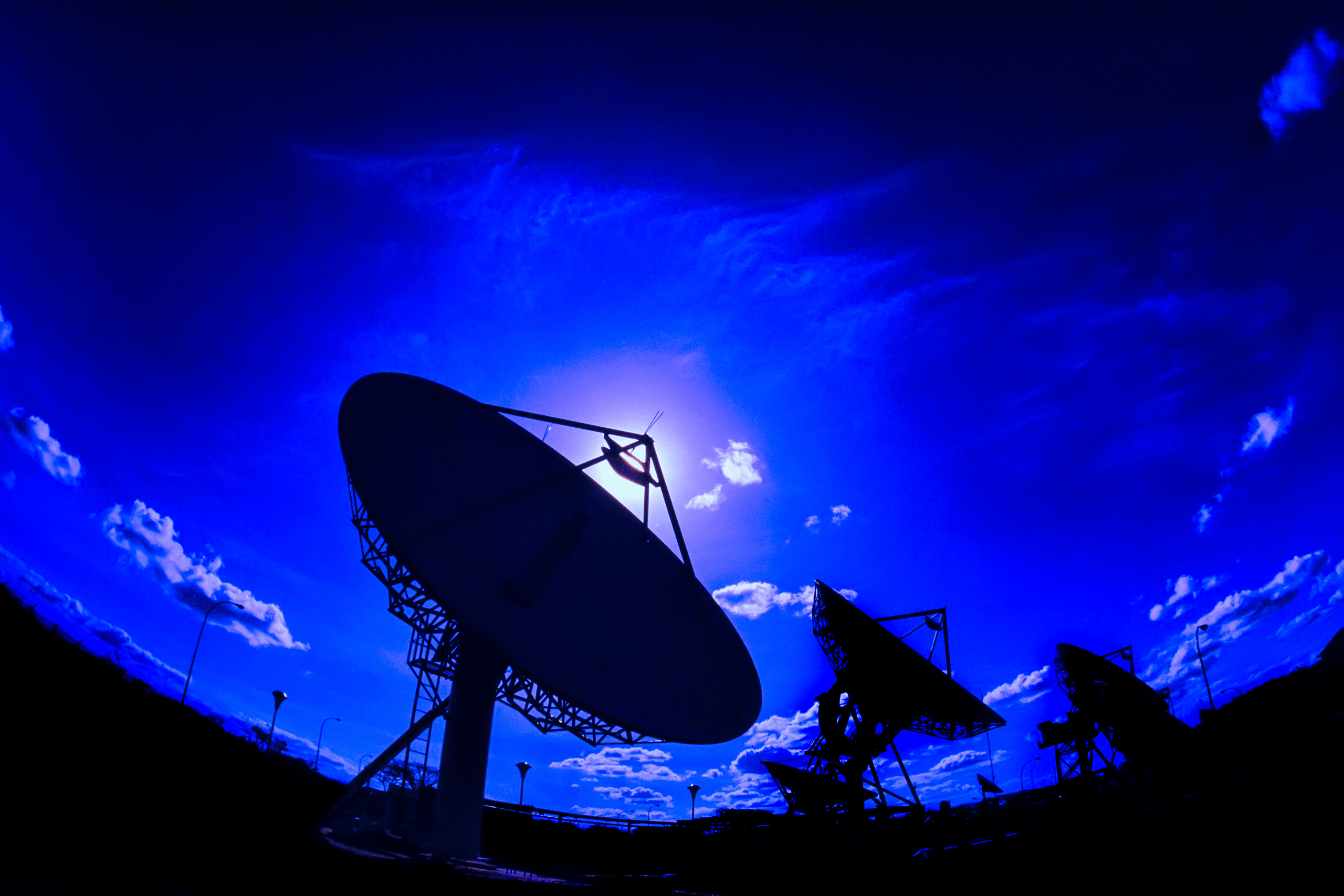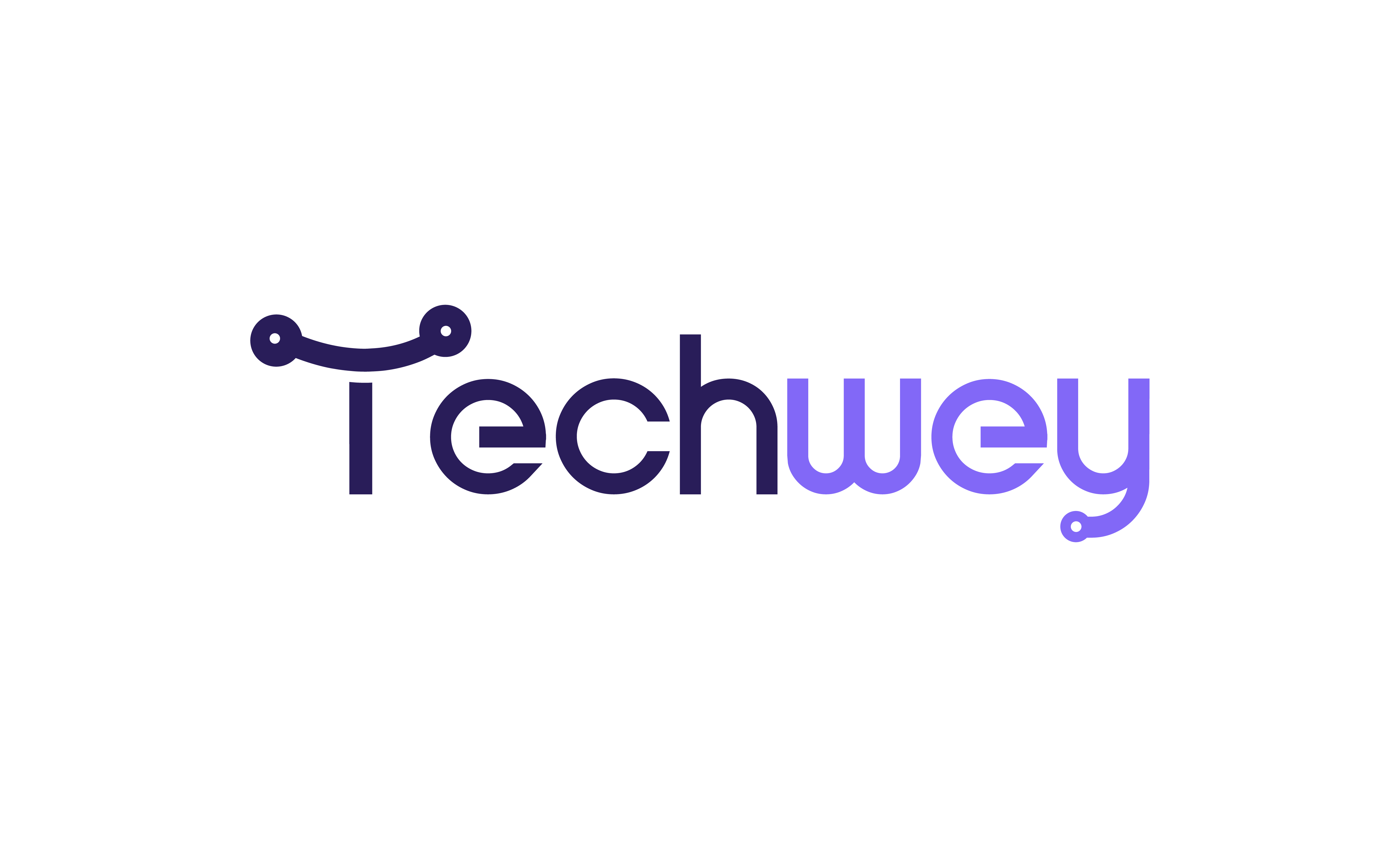
How to Speed Up Your Computer in 2025: 12 Proven Methods That Actually Work
Learning how to speed up your computer has become essential as software demands increase and systems accumulate digital clutter over time. Knowing how to speed up your computer effectively can restore performance, improve productivity, and extend your device’s lifespan without expensive hardware upgrades. This comprehensive guide on how to speed up your computer provides tested methods that deliver measurable performance improvements for both Windows and Mac systems.
Why Your Computer Slows Down: Understanding the Problem
Before diving into how to speed up your computer, understanding why systems slow down helps identify the most effective solutions. Common causes include startup program overload, insufficient storage space, malware infections, outdated drivers, and background processes consuming system resources.
Hardware aging also contributes to slower performance, as thermal throttling from dust accumulation and degraded thermal paste affects processor efficiency. Additionally, fragmented hard drives, registry errors, and incompatible software installations compound performance issues over time.
Method 1: Optimize Startup Programs – Essential How to Speed Up Your Computer Technique
The most effective approach for how to speed up your computer involves managing startup programs that automatically launch when your system boots. These programs consume valuable system resources and significantly extend boot times, making startup optimization crucial for overall performance.
Windows Startup Optimization: Access Task Manager (Ctrl+Shift+Esc), navigate to the Startup tab, and disable unnecessary programs with “High” startup impact. Programs like Spotify, Skype, and Adobe updaters rarely need immediate startup access and can be launched manually when needed.
Mac Startup Optimization: Open System Preferences > Users & Groups > Login Items, then remove unnecessary applications from the startup list. Focus on removing large applications and services that aren’t essential for daily computer operation.
Properly managing startup programs can reduce boot times by 30-50% and free up significant RAM for other applications, making this one of the most impactful methods for how to speed up your computer.
Method 2: Clean Up Disk Space – Critical Storage Optimization
Insufficient storage space dramatically impacts how to speed up your computer, as operating systems require free space for temporary files, virtual memory, and system operations. Maintaining at least 15-20% free storage space ensures optimal performance.
Windows Disk Cleanup: Use the built-in Disk Cleanup tool (search “Disk Cleanup” in Start menu) to remove temporary files, system cache, and unnecessary downloads. Additionally, uninstall unused programs through Settings > Apps to reclaim substantial storage space.
Mac Storage Optimization: Access Apple menu > About This Mac > Storage > Manage to access built-in optimization tools. Enable “Optimize Storage,” “Empty Trash Automatically,” and “Reduce Clutter” features for automatic maintenance.
Consider moving large files like videos and photos to external storage or cloud services to maintain optimal free space. Regular disk cleanup can improve system responsiveness by 20-40% when storage was previously constrained.
Method 3: Update Drivers and Software – Compatibility Enhancement
Outdated drivers and software create compatibility issues that significantly impact how to speed up your computer. Modern applications and operating systems are optimized for current hardware drivers, making updates essential for peak performance.
Windows Driver Updates: Access Device Manager (right-click Start button) to identify devices with yellow warning triangles indicating driver issues. Use Windows Update or visit manufacturer websites for the latest drivers, particularly for graphics cards, network adapters, and storage controllers.
Graphics Driver Priority: Graphics drivers have the most significant impact on system performance, especially for gaming and video editing. NVIDIA and AMD release frequent driver updates that can improve performance by 5-15% in demanding applications.
Regular software updates ensure applications run efficiently with the latest optimizations and security patches. Enable automatic updates when possible to maintain optimal compatibility and performance.
Method 4: Scan for Malware and Viruses – Security Performance Impact
Malware infections severely compromise how to speed up your computer by consuming system resources, generating network traffic, and corrupting system files. Regular security scans protect both performance and data integrity.
Comprehensive Malware Detection: Use reputable antivirus software like Windows Defender (built-in), Malwarebytes, or commercial solutions for thorough system scanning. Perform full system scans weekly and quick scans daily for optimal protection.
Advanced Threat Removal: For persistent infections, use specialized tools like AdwCleaner for adware removal and Rootkit scanners for deep-level threats. These tools address malware that standard antivirus software might miss.
Removing malware can restore system performance dramatically, sometimes improving speed by 50% or more when infections were consuming significant resources. Maintain real-time protection to prevent future infections.
Method 5: Upgrade to SSD Storage – Hardware Performance Boost
Upgrading from traditional hard drives to solid-state drives (SSDs) provides the most dramatic improvement for how to speed up your computer. SSDs offer 5-10x faster data access speeds compared to mechanical hard drives.
SSD Upgrade Benefits: Boot times typically improve from 2-3 minutes to 15-30 seconds, application loading becomes nearly instantaneous, and overall system responsiveness increases dramatically. File transfers and system operations complete significantly faster.
Migration Process: Use cloning software like Macrium Reflect or AOMEI Backupper to transfer your existing system to the new SSD. Ensure the SSD capacity meets your storage needs before beginning the migration process.
SSD upgrades often provide more performance improvement than any other single hardware upgrade, making them the most cost-effective enhancement for older computers.
Method 6: Increase RAM Memory – Multitasking Enhancement
Insufficient RAM forces computers to use slow virtual memory on storage drives, severely impacting how to speed up your computer. Adding RAM improves multitasking capability and reduces system slowdowns during memory-intensive operations.
RAM Requirements by Usage: Basic computing requires 8GB minimum, productivity work needs 16GB, and gaming or content creation benefits from 32GB or more. Check current RAM usage in Task Manager (Windows) or Activity Monitor (Mac) to determine upgrade necessity.
Memory Compatibility: Verify RAM type (DDR4, DDR5), speed ratings, and capacity limits before purchasing. Install matching memory modules in pairs for optimal dual-channel performance benefits.
RAM upgrades provide immediate improvements in application switching speed, reduced loading times, and smoother operation when running multiple programs simultaneously.
Method 7: Adjust Visual Effects – Performance vs. Aesthetics Balance
Visual effects and animations consume system resources, making their adjustment crucial for how to speed up your computer, especially on older or lower-powered systems.
Windows Visual Effects Optimization: Access System Properties > Advanced > Performance > Settings, then select “Adjust for best performance” or “Custom” to disable specific effects like transparency, shadows, and animations while maintaining usable appearance.
Mac Visual Effects Reduction: Disable transparency effects in System Preferences > Accessibility > Display > Reduce transparency. Turn off motion and animations in Accessibility > Motion to improve performance on older Macs.
Optimizing visual effects can improve performance by 10-20% on systems with limited graphics capabilities while maintaining functionality and reasonable appearance.
Method 8: Clean Browser Cache and Extensions – Web Performance Optimization
Web browsers accumulate cache files, cookies, and extensions that impact both browser performance and overall system speed, making browser optimization important for how to speed up your computer.
Browser Cache Management: Clear browsing data regularly through browser settings, focusing on cached images, files, and cookies. Set browsers to automatically clear data on exit for maintenance-free operation.
Extension Audit: Review installed browser extensions and remove unnecessary ones that consume memory and processing power. Keep only essential extensions and regularly update remaining ones for optimal performance.
Browser optimization particularly benefits systems with limited RAM, as modern browsers can consume 2-4GB of memory with multiple tabs and extensions active.
Method 9: Defragment Hard Drives – Storage Optimization for HDDs
For computers still using traditional hard drives, defragmentation remains essential for how to speed up your computer by organizing file storage for faster access.
Windows Defragmentation: Use the built-in Defragment and Optimize Drives tool (search in Start menu) to analyze and defragment hard drives monthly. Schedule automatic defragmentation for maintenance-free optimization.
SSD Considerations: Never defragment SSDs, as this provides no benefit and can reduce drive lifespan. Windows automatically detects SSD drives and uses TRIM commands instead of defragmentation.
Regular defragmentation can improve hard drive access speeds by 15-25% and reduce application loading times significantly on systems with mechanical storage.
Method 10: Update Operating System – Core Performance Improvements
Operating system updates include performance optimizations, bug fixes, and driver improvements that significantly impact how to speed up your computer.
Windows Updates: Enable automatic updates through Settings > Update & Security > Windows Update. Install optional driver updates and feature updates promptly for optimal performance and security.
Mac Updates: Access System Preferences > Software Update to check for macOS updates. Major updates often include significant performance improvements and hardware optimizations.
OS updates frequently provide 5-10% performance improvements through code optimization and better hardware utilization, making them essential for maintaining peak performance.
Method 11: Manage Background Processes – Resource Allocation Optimization
Background processes consume CPU, memory, and disk resources, making their management crucial for how to speed up your computer effectively.
Windows Process Management: Use Task Manager to identify resource-intensive background processes. End unnecessary processes and configure programs to minimize background activity through their individual settings.
Service Optimization: Disable unnecessary Windows services through Services.msc, focusing on services related to unused features like fax, Windows Search (if not needed), or printer spooler (without printers).
Proper background process management can free up 20-30% of system resources for active applications and improve overall responsiveness.
Method 12: Hardware Maintenance – Physical Performance Factors
Physical hardware maintenance addresses thermal and electrical issues that impact how to speed up your computer through improved cooling and component longevity.
Dust Removal: Clean internal components using compressed air to remove dust buildup that causes overheating and thermal throttling. Focus on CPU coolers, graphics cards, and case fans for maximum impact.
Thermal Paste Replacement: Replace thermal paste on CPUs older than 3-4 years to restore optimal heat transfer and prevent thermal throttling that reduces performance during demanding tasks.
Regular hardware maintenance can restore 10-15% performance lost to thermal issues and extend component lifespan significantly.
Advanced Optimization: Registry Cleaning and System Tuning
For experienced users, registry cleaning and advanced system tuning provide additional methods for how to speed up your computer beyond basic optimization.
Registry Maintenance: Use reputable registry cleaners like CCleaner to remove invalid entries and optimize registry structure. Create registry backups before making changes to enable restoration if issues occur.
Advanced System Settings: Adjust paging file size, processor scheduling, and memory management settings through advanced system properties for fine-tuned performance optimization based on specific usage patterns.
These advanced techniques can provide 5-10% additional performance improvement but require technical knowledge to implement safely.
Creating a Maintenance Schedule
Establishing a regular maintenance routine ensures continued optimal performance and addresses how to speed up your computer proactively rather than reactively.
Weekly Tasks:
- Run antivirus scans
- Clear browser cache and temporary files
- Check for software updates
- Monitor disk space usage
Monthly Tasks:
- Defragment hard drives (HDDs only)
- Review and clean startup programs
- Update drivers and system software
- Perform comprehensive malware scans
Quarterly Tasks:
- Physical hardware cleaning
- Complete system backup
- Review installed programs and remove unused software
- Check and optimize system settings
Measuring Performance Improvements
Documenting performance before and after implementing these methods for how to speed up your computer helps validate improvements and identify the most effective techniques for your specific system.
Performance Metrics:
- Boot time from power button to desktop
- Application launch times for frequently used programs
- File transfer speeds for large files
- Overall system responsiveness during multitasking
Use built-in tools like Windows Performance Monitor or third-party benchmarking software to quantify improvements and track performance over time.
When to Consider Hardware Replacement
Sometimes, learning how to speed up your computer reveals that hardware limitations prevent achieving desired performance levels, indicating upgrade or replacement necessity.
Replacement Indicators:
- CPU consistently at 100% usage during normal tasks
- RAM usage regularly exceeds 80% capacity
- Storage drives show signs of failure or extreme slowness
- System age exceeds 5-7 years with outdated architecture
Consider cost-effectiveness of upgrades versus new system purchase, factoring in performance needs, budget constraints, and future requirements.
Conclusion: Mastering How to Speed Up Your Computer
Successfully implementing these proven methods for how to speed up your computer can restore performance, improve productivity, and extend system lifespan significantly. The combination of software optimization, hardware maintenance, and regular upkeep ensures sustained performance improvements.
Start with the most impactful methods like startup optimization, disk cleanup, and malware removal before progressing to hardware upgrades and advanced techniques. Regular maintenance prevents performance degradation and keeps systems running optimally for years.
Remember that how to speed up your computer effectively requires ongoing attention rather than one-time fixes. Establishing good maintenance habits and staying current with updates ensures your computer continues delivering optimal performance throughout its useful life.
Read more Tech articles here






Leave a Reply